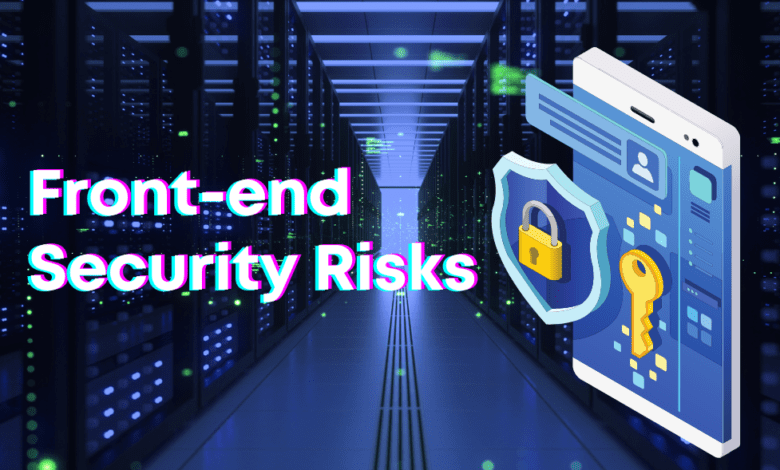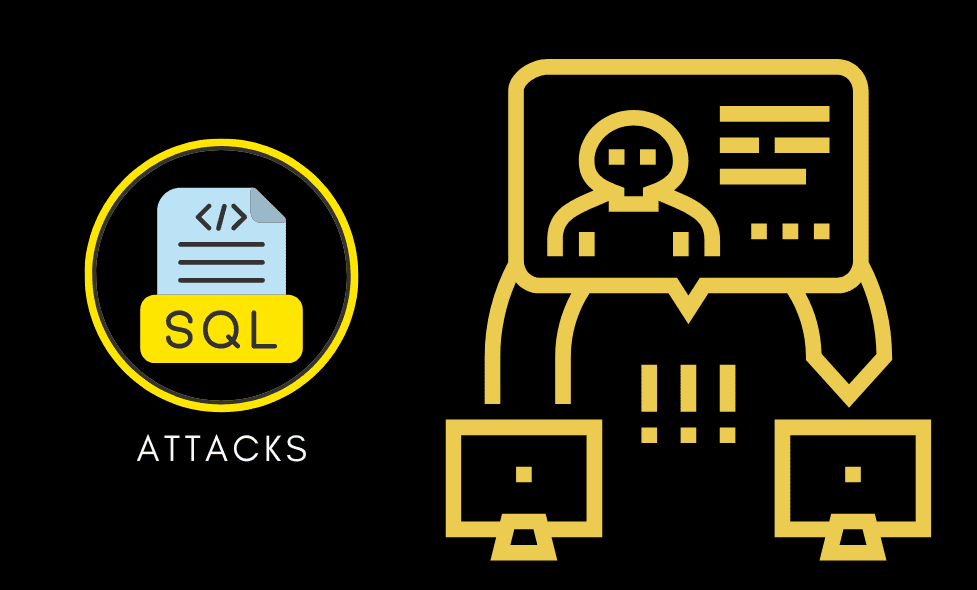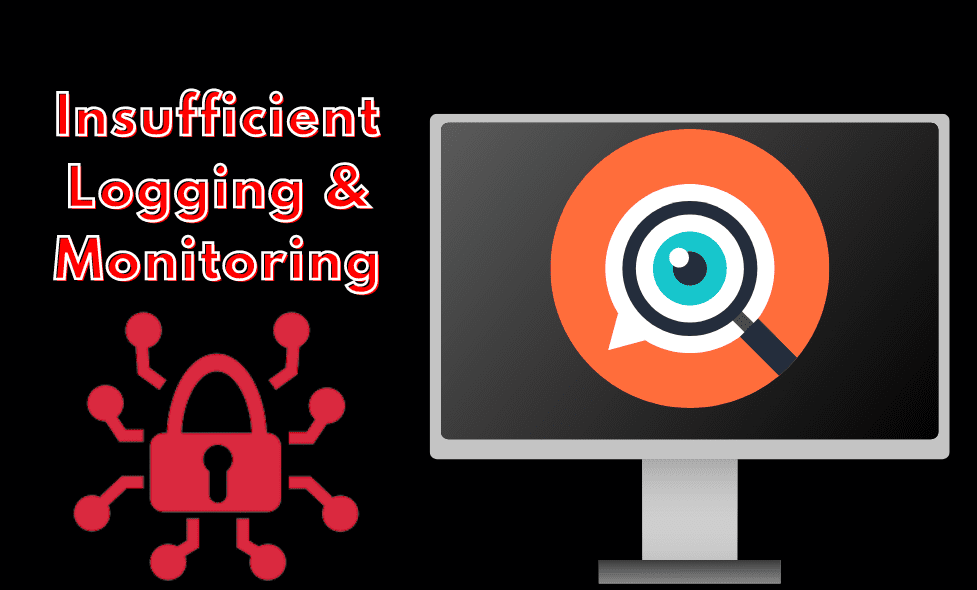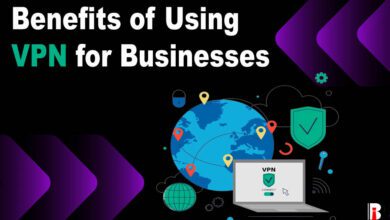8 Front-end Security Risks For Your Business Need to Avoid

Front-end security is an invaluable asset in the fight against cybersecurity threats and breaches. Businesses that value their digital operations must take proactive measures to protect both the front end and back end of their systems, as this will help reduce incidents that occur on either side. Organizations can rest assured that they are safe from potential cyber-attacks with proper protection strategies. Website is the gateway of information between businesses and customers and ensuring it’s secure should be at top of mind when developing or running any kind of web application. In this article, we’ll explore 8 common front-end security risks that you need to be aware of to keep your site safe from cyber-attacks.
Quick Shortcut Headlines
What is Front End Security?
Front-end security is the process of protecting the user interface and data entry points of a web application. This includes ensuring that only authorized users can access the application and that all data entered into the application is valid and safe.
There are many risks that can risk the security of a web application, so it’s important to be aware of them and take steps to mitigate them.
XSS Attacks
An XSS attack is a malicious web vulnerability, that allows an attacker to infuse harmful code into your website. This code will then be affected by the browser of any unsuspecting user who visits the page. This can lead to the theft of sensitive information or the execution of unwanted code on the user’s machine.
XSS vulnerabilities are most often found in websites that display user-generated content, such as comments or forum posts. Any website that accepts user input is at risk of XSS attacks. To protect your website from XSS attacks, it is important to validate and sanitize all users’ input before displaying it on your website.
SQL Attacks

SQL attacks have rapidly increased in the last few years, affecting organizations of all sizes and making them vulnerable to both monetary damages and confidential data loss., malicious hackers can gain access to sensitive data, change or delete information and even create new users with unrestricted privileges by exploiting security vulnerabilities. Such intrusion poses a severe threat not only to private companies but also to our collective safety.
SQL attacks are usually carried out by submitting malicious input into web form fields that are vulnerable to SQL injection. It is important to use parameterized queries (also known as prepared statements) when interacting with databases to protect against SQL injection attacks. This will ensure that any user input is treated as a literal value and not executed as SQL code.
Malicious Inputs and Outputs
Malicious inputs and outputs are a major security concern that can have serious consequences if not properly controlled. Such threats can be introduced through various methods, with the most common being web abuse, phishing, spamming, and malicious code upload. The effects of malicious inputs and outputs range from minor annoyances like slowed internet speeds to devastating data breaches leading to massive financial losses.
An effective strategy must be developed and implemented to stay ahead of such cyber threats depending on the type of threat encountered. This often involves isolating sensitive information and systems from access by outside sources as well as restricting who can use certain functions within a system or network in order to avoid potential risks coming from malicious components.
Improper Access Controls and Authentication
Improper access controls and authentication are the most common front-end security risks. This can happen when a user is able to bypass the login page and gain access to sensitive information or perform actions that they should not be able to do. This can be caused by weak or easily guessed passwords, poorly implemented authentication mechanisms, or cookies that are not properly secured.
Another risk associated with improper access controls and authentication is session hijacking. This is where an attacker is able to take over a user’s session by stealing their session ID. This can be done through a variety of methods, such as man-in-the-middle attacks, cross-site scripting, or social engineering. When a malicious individual obtains the session ID of an unsuspecting user, they can assume the identity of that person and exploit confidential information or take part in activities that would otherwise be out of reach.
Broken Authentication and Session Management
Broken authentication and session management occur when an attacker is able to gain access to a user’s account by guessing or brute forcing their password, or by exploiting a vulnerability in the login process. Once they have gained access, they can then impersonate the user and perform any actions that the user is authorized to do.
A strong authentication method such as two-factor authentication can save user data from attackers. All sessions should be properly managed and monitored. Any suspicious activity should be immediately flagged and investigated.
Cross-Site Request Forgery (CSRF)
CSRF attacks are a type of web application attack in which the attacker tricks the victim’s browser into making a request to the target website on the attacker’s behalf. This can be done by embedding a malicious image or link on a trusted website, or by sending a crafted email that contains a hidden form submission.
CSRF attacks are difficult to detect and prevent, but there are some steps that you can take to mitigate the risk. You can use unique tokens for each user session, limit requests to originate from within your own domain, and require SSL for all forms submissions.
Insufficient Logging & Monitoring

Insufficient logging and monitoring can allow attackers to gain access to sensitive information or take control of systems without being detected. To mitigate this risk, organizations need to implement effective logging and monitoring solutions.
Organizations should implement both logging and monitoring solutions that are appropriate for their size and needs. Small organizations may be able to get by with simple off-the-shelf solutions, while larger organizations may need customized solutions. In either case, it is important to ensure that the solution chosen can effectively capture the relevant information and provide alerts in a timely manner.
Denial of Service Attacks
A “denial of service” (DoS) attack is an illegal attempt to temporarily make a computer or network unresponsive and inaccessible. This can be done by maliciously flooding the target with too many requests for connection, data, or resources in order to overload it. This will prevent legitimate users from accessing any services they need while the DoS attack persists.
These types of attacks can disrupt individuals and can cause significant financial damage to businesses. DoS attacks can even result in death if they prevent emergency services from being able to respond to life-threatening situations. It is crucial to be aware of the risk of DoS attacks and take steps to protect yourself and your business.
Conclusion
Network security is becoming ever more important as hackers continue to find new ways of scamming and attacking. It is up to companies, businesses, and individuals alike to remain diligent in the face of these cyber threats and be aware of the dangers out there. We have discussed the front-end security risks above and how to prevent them. Combining this knowledge with effective prevention methods such as implementing secure authentication will greatly enhance overall data reliability across a network by knowing the types of threats. Keep these risks in mind when developing your front-end applications, and take steps to reduce them.




